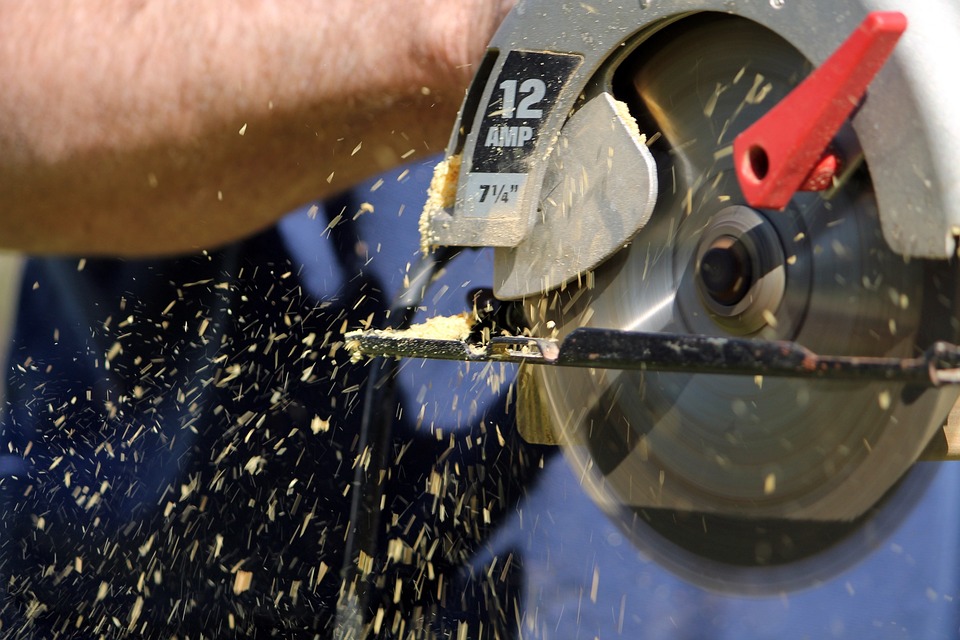
When it comes to power tools for woodworking and construction, the miter saw and circular saw are two heavy hitters. Both have distinct features that cater to specific cutting needs. This comparison will help you understand the differences and guide you in selecting the tool that suits your projects.
Functionality: Precision Angles vs. Versatile Cutting
A miter saw is engineered for precise angled cuts, making it perfect for tasks like molding, trim, and crosscuts. Meanwhile, a circular saw offers versatility, allowing for straight cuts, bevel cuts, and even plunge cuts, adapting well to various woodworking and construction needs.
Cutting Angles: Specialized Accuracy vs. All-Around Adaptability
When it comes to cutting angles, the miter saw is the expert. It excels at creating accurate angled cuts for projects like picture frames and crown molding. On the other hand, the circular saw, while not as specialized for angles, can make both straight and beveled cuts.
Portability: Compact Precision vs. On-the-Go Efficiency
Miter saws are relatively less portable due to their bulkier nature, making them more suitable for workshop settings. In contrast, circular saws are lighter and more compact, providing the advantage of mobility and convenience for jobsites and projects that require movement.
Cutting Depth and Capacity: Depth Precision vs. Wide Range
Circular saws tend to offer greater cutting depth and capacity compared to miter saws. This makes circular saws a better choice for cutting through thicker materials or when working with larger stock that might not fit on a miter saw’s table.
Accuracy and Speed: Targeted Precision vs. Quick Efficiency
If precision and accuracy are your top priorities, the miter saw is your ally. It’s designed for making fast and accurate cuts at specific angles. On the other hand, circular saws are versatile and efficient, allowing you to make a variety of cuts quickly, though with slightly less pinpoint accuracy.
Safety: Blade Visibility vs. Versatile Control
Miter saws often provide a clearer line of sight to the blade during cutting, enhancing safety. Circular saws offer more control over the cutting process, especially when equipped with guides, but might not have the same direct visibility.
Project Types: Specialized Angles vs. Multi-Tasking
Choose a miter saw when your projects frequently involve precise angles, such as framing, trim work, and decorative pieces. If your projects span various types of cuts and materials, a circular saw’s adaptability will serve you better.
Cost: Precision Investment vs. Multi-Purpose Investment
Miter saws tend to be more specialized and can be pricier, especially with added features. Circular saws, with their versatility, tend to offer more value for money as they can handle a wider range of cutting tasks.
Conclusion: Tailoring Your Choice to Your Projects
Deciding between a miter saw and a circular saw hinges on your specific project requirements. If precision angles and specialized cuts dominate your work, a miter saw is the way to go. On the other hand, if you need a tool that can tackle various cuts and materials with adaptability, a circular saw will be your trusty companion. Assess the nature of your projects, the level of accuracy needed, and the convenience of portability to make an informed choice between these two essential cutting tools.